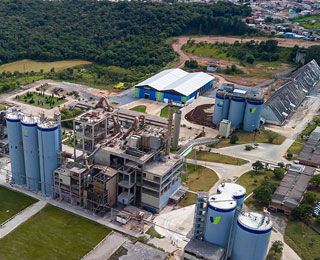Speculation over Cemex and its ability to service its massive debt burden has been heightened due to the present global economic slowdown. The company has recently announced measures to improve profitability including the sale of US$1bn worth of non-core assets by end-2012, but questions hang over whether Cemex’s mid-cycle EBITDA targets could be overly ambitious in light of a challenging world economic outlook.
Cemex’s current funded debt level remains worryingly high – US$16.3bn as at the end of September and more than seven times its EBITDA. Coupled with a slow recovery in key markets it has contributed to investor pessimism that has knocked Cemex’s share price down sharply in recent months.
The 2007 acquisition of Rinker proved one deal too many for Cemex and the company was obliged to sell its Australian assets to Holcim in 2009 to reduce its debt mountain. Speculation has emerged about the group not being able to meet financial covenants at the next year-end and being forced to accept more stringent terms and conditions from its creditors. Furthermore, following the subsequent exercise of the put option held by the privately-owned Ready Mix USA, Cemex has not only had to pay out some US$360m, but is also having to consolidate some US$28m of the former joint-venture’s debt as it takes the Demopolis, Alabama, and Chinchfield, Georgia, cement works back into full ownership along with some of 187 batching plants, 10 quarries and a number of block plants.
